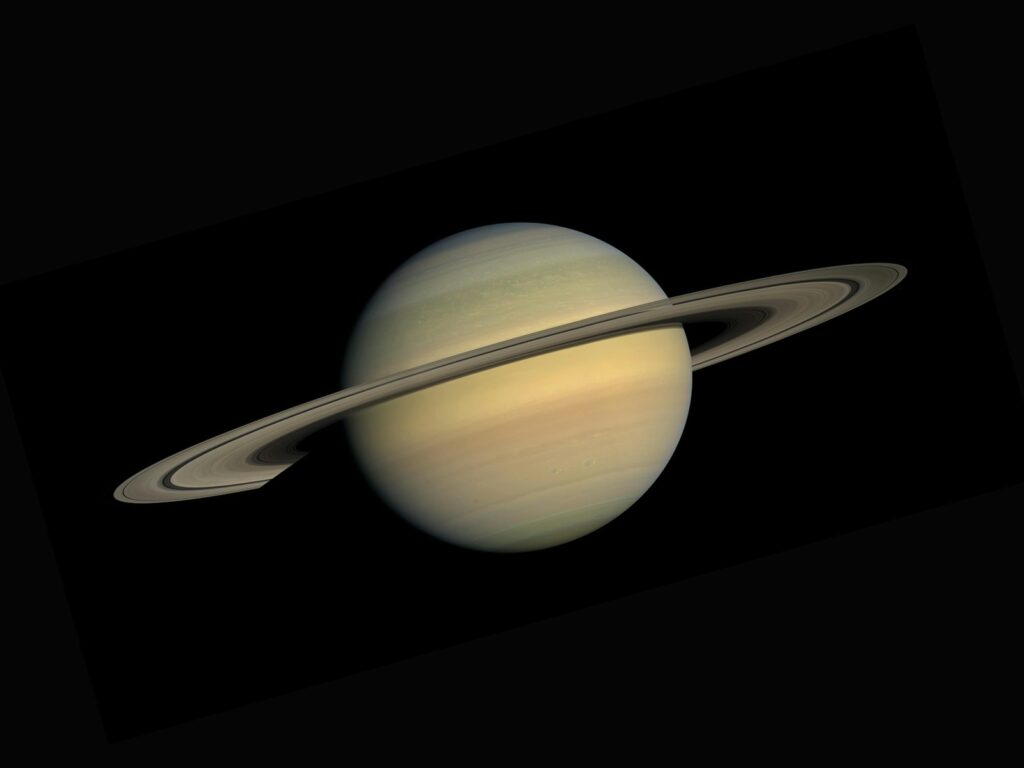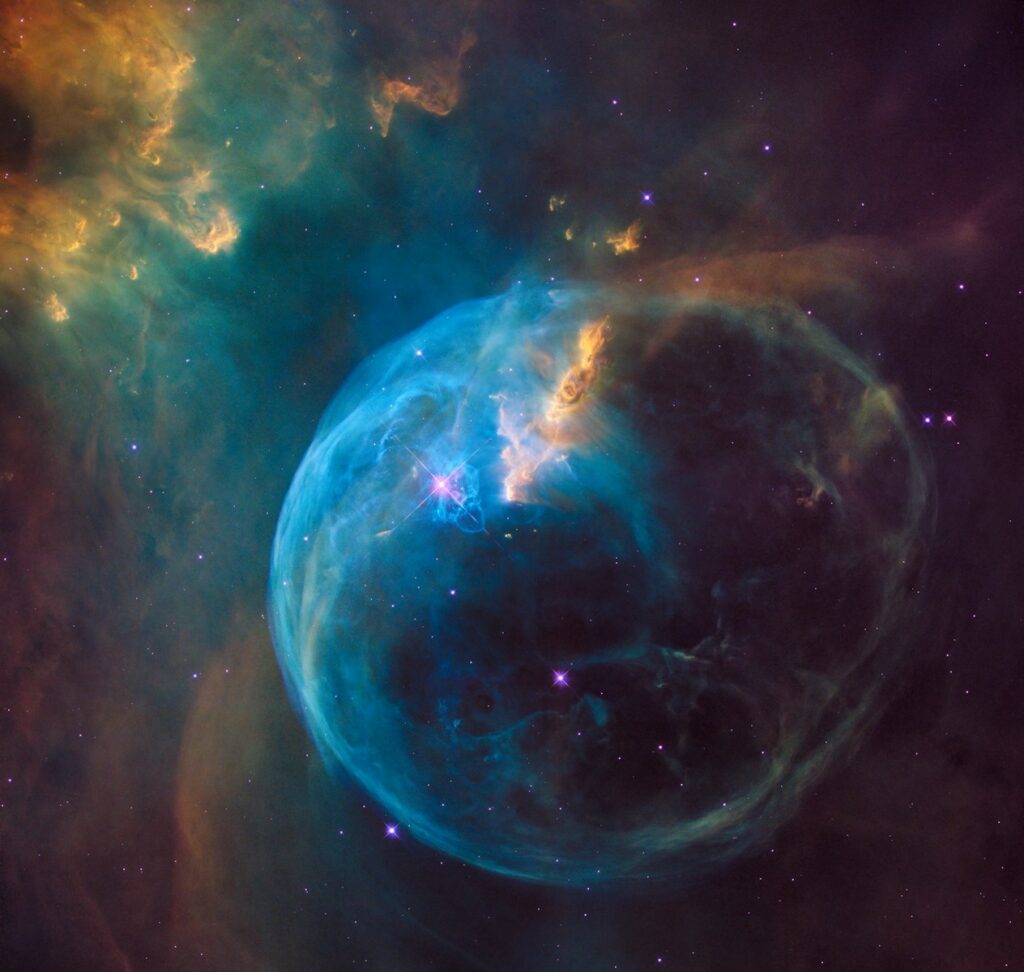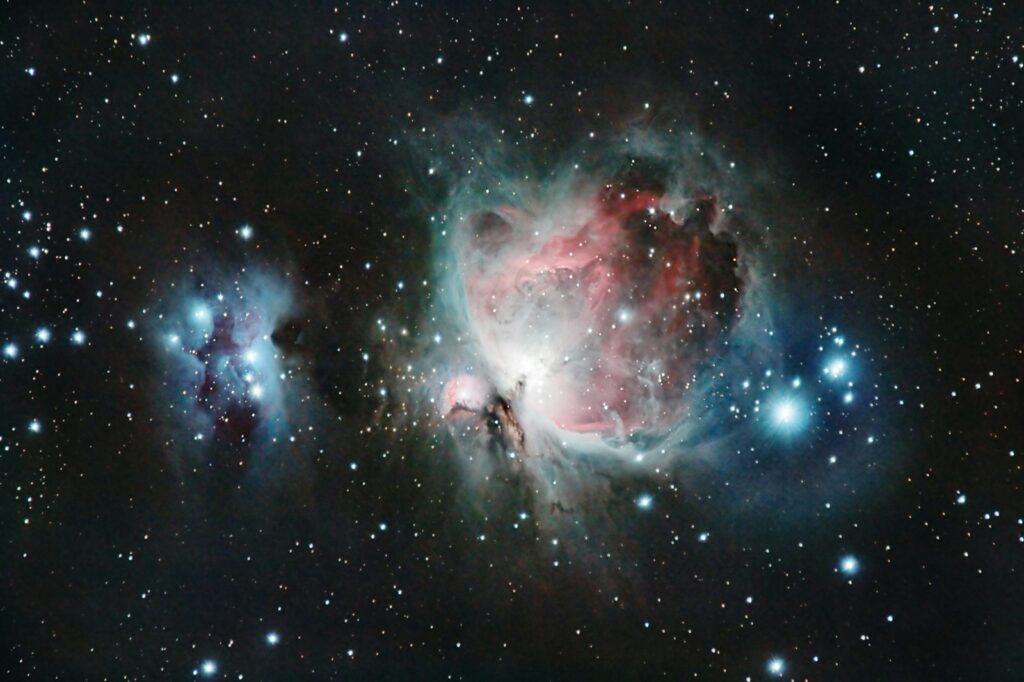
Our universe is a tapestry woven with countless threads of light, each a luminous beacon we call a star. These celestial giants have captivated humanity for millennia, guiding ancient mariners and inspiring mythologies. They serve as foundational architects of cosmic evolution. Far from mere points of light, stars are dynamic, complex entities, born from vast gas and dust clouds, living fiery lives, and facing fates that sculpt the very fabric of the cosmos.
To truly appreciate the grandeur of the night sky, we must journey beyond their shimmering appearance. Delving into the intricate science governing their existence reveals not just the mechanics of distant suns, but also the remarkable story of human curiosity. From ancient observatories to modern instruments, our understanding reflects a continuous quest for knowledge, pushing comprehension boundaries.
Join us as we embark on a profound narrative. We will examine a star’s essence, trace the rich historical lineage of their observation, and chart their dramatic initial chapters. This includes their mysterious birth within cosmic nurseries to their long, stable maturity on the main sequence—a story of creation, endurance, and the ceaseless ballet of gravity and fusion.

1. **What is a Star? The Fundamental Definition**At its most fundamental, a star is a luminous spheroid of plasma held together by its own self-gravity. These objects are intensely hot, incredibly massive, and generate light and heat through nuclear processes deep within their cores. Our own Sun stands as the nearest and most familiar example.
While our Sun provides a convenient reference, it is but one among an unimaginable multitude. Many other stars appear as fixed points of light due to their immense distances from Earth. The observable universe contains between 10^22 and 10^24 stars. Yet, only about 4,000 are visible to the eye, all nestled within the Milky Way galaxy.
These stellar bodies are not static beacons; their existence testifies to fundamental forces of gravity and nuclear fusion. In their fiery hearts, almost all naturally occurring chemical elements heavier than lithium are forged, vital for forming planets and life. Understanding a star begins with appreciating this delicate balance and the cosmic abundance of these self-luminous plasma spheres.
Read more about: Unlocking the Cosmos: 14 Incredible Star Facts That Are Out of This World!
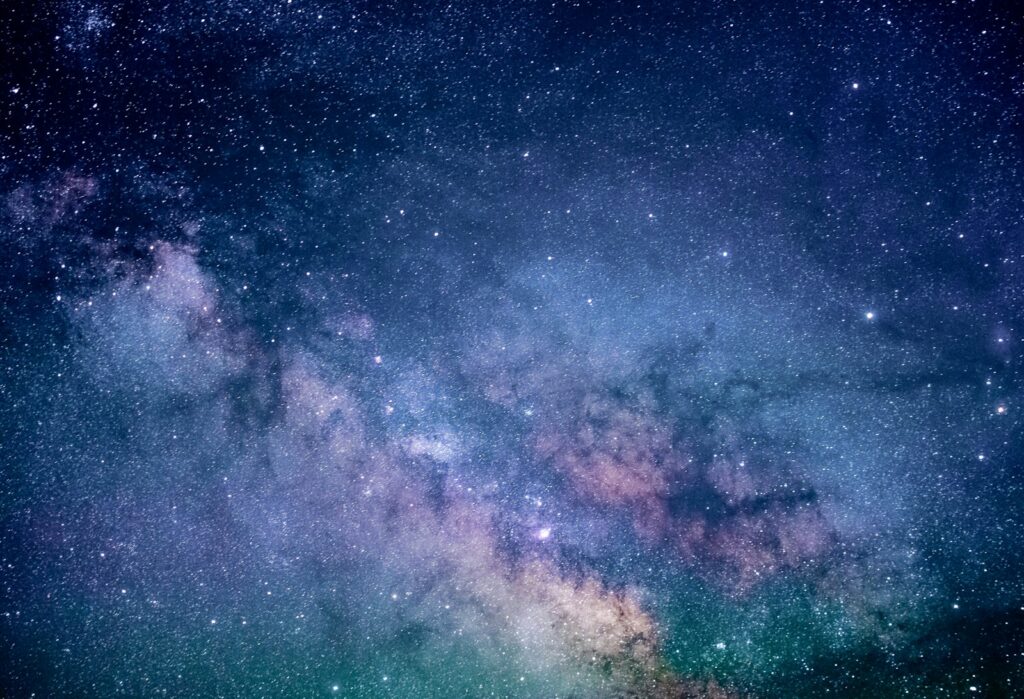
2. **A Glimpse into Antiquity: Early Star Observations and Catalogs**Stars held profound importance for civilizations globally for millennia, intertwining with humanity’s earliest attempts to comprehend the world. They were integral to religious practices, divination, mythology, and served as foundational architects of cultural narratives. Critically, stars were indispensable tools for celestial navigation and orientation, guiding passage of seasons and defining calendars.
Early astronomers meticulously observed the sky to regulate agricultural practices. They recognized a crucial distinction: “fixed stars,” whose celestial sphere positions remained constant, versus “wandering stars” (planets), which noticeably shifted. This early categorization laid crucial groundwork for future astronomical inquiry, discerning predictable patterns from mobile objects.
The oldest accurately dated star chart hails from ancient Egyptian astronomy in 1534 BC. Early Babylonian astronomers compiled star catalogues in the late 2nd millennium BC. Greek astronomy saw Aristillus create the first catalogue around 300 BC, followed by Hipparchus’s 1,020-star catalogue (2nd century BC), instrumental for Ptolemy.
3. **Unveiling the Celestial Sphere: Medieval Islamic and Early European Contributions**Despite prevailing beliefs in immutable heavens, Chinese astronomers recorded supernovae, such as SN 185 and the brightest ever, SN 1006. These observations, alongside SN 1054 (which formed the Crab Nebula), challenged static cosmic views, providing early evidence of dynamic celestial changes.
Medieval Islamic astronomers significantly advanced stellar study. They bequeathed Arabic names to many modern stars and invented numerous instruments for precise positioning. They established the first large observatory research institutes, primarily for extensive Zij star catalogues, such as Abd al-Rahman al-Sufi’s “Book of Fixed Stars” (964), which cataloged clusters and even galaxies.
Scholars like Abu Rayhan Biruni and Ibn Bajjah described the Milky Way as a multitude of nebulous stars. European astronomers like Tycho Brahe identified “new stars” (novae). Giordano Bruno’s 1584 suggestion of stars as distant suns with orbiting planets echoed ancient Greek and Islamic ideas, paving the way for Isaac Newton’s proposals.
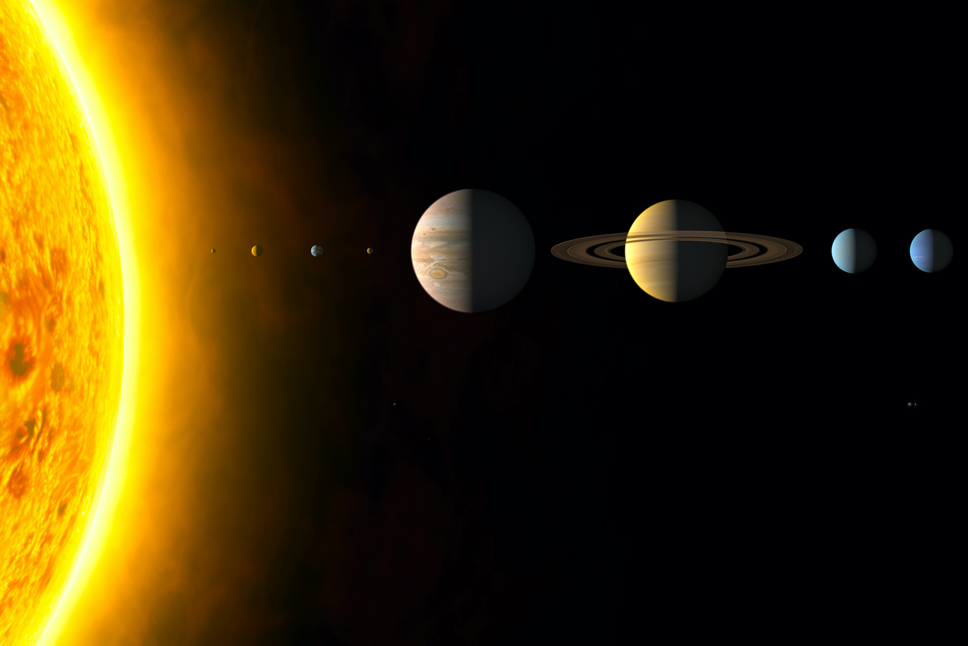
4. **The Scientific Revolution in Stellar Study: Measuring the Unseen**The 17th and 18th centuries propelled astronomy from mere observation to precise measurement. Montanari noted Algol’s luminosity variations in 1667. Halley published the first measurements of proper motion, proving stars shifted positions, challenging static heavens.
William Herschel, a pivotal figure, pioneered mapping stellar distribution in the 1780s, finding star numbers increased towards the Milky Way core. Crucially, he discovered physical companion stars forming binary systems. His son, John Herschel, extended this mapping, confirming the cosmic pattern.
Stellar spectroscopy revolutionized understanding of star composition. Fraunhofer and Secchi identified absorption lines, leading Secchi to classify stars into spectral types by 1865. Annie J. Cannon later developed the modern scheme. Bessel’s 1838 parallax measurement to 61 Cygni finally quantified immense stellar distances, revealing the cosmos’ vast scale.
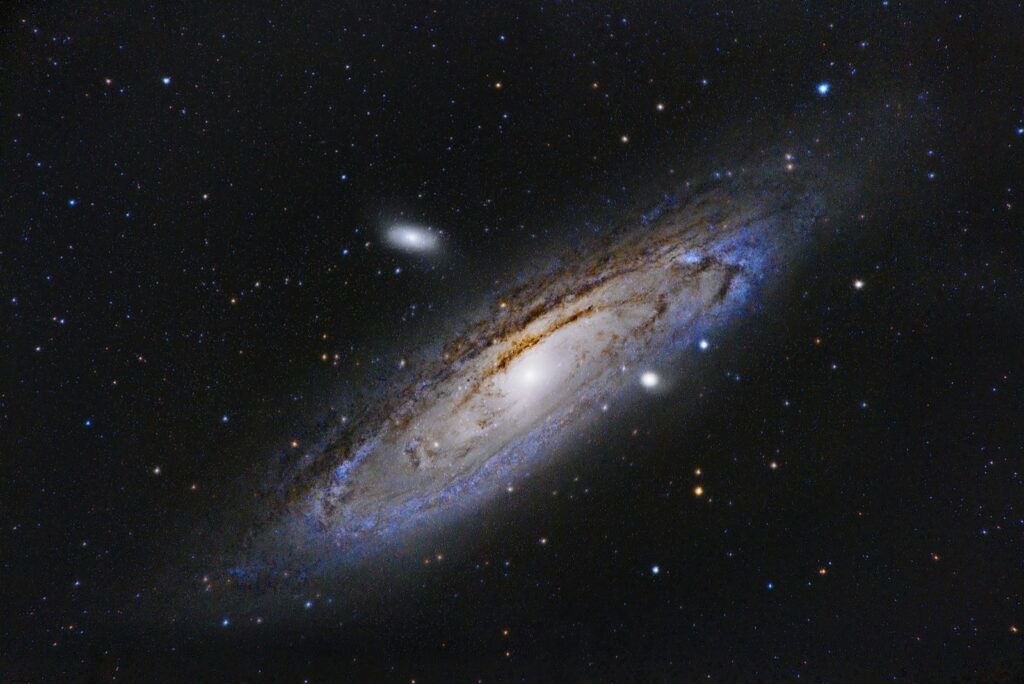
5. **The Twentieth Century’s Astrophysical Leap: Unraveling Stellar Interiors**The twentieth century brought unprecedented acceleration in scientific star study, transforming astronomy into modern astrophysics. Photography became an invaluable tool for analyzing faint celestial objects. Karl Schwarzschild inferred a star’s color and temperature by comparing its visual and photographic magnitudes.
Precision improved with the photoelectric photometer, enabling accurate magnitude readings across multiple wavelengths. In 1921, Albert A. Michelson achieved the first direct stellar diameter measurements using an interferometer. These observational breakthroughs were matched by significant theoretical advancements.
The 1913 Hertzsprung-Russell diagram offered deep insights into stellar evolution and classification. Cecilia Payne-Gaposchkin’s 1925 PhD thesis proposed stars were predominantly hydrogen and helium. Advances in quantum physics clarified stellar spectra, enabling precise determination of stellar atmosphere chemical composition.

6. **From Cosmic Dust to Protostars: The Genesis of a Star**A star’s journey begins with gravitational forces acting upon diffuse “molecular clouds,” regions of higher matter density. These dense clouds of hydrogen, helium, and trace heavy elements serve as stellar nurseries. The Orion Nebula exemplifies such regions, where most stars form in groups, influencing further star formation through massive star illumination and ionization.
Gravitational instability, often triggered by external compression, causes cloud regions to collapse, forming “Bok globules.” Released gravitational energy converts to heat, raising temperatures. A protostar forms at the core once hydrostatic equilibrium is approached, powered by this energy. Pre-main-sequence contraction lasts millions of years, from 10 million for Sun-like stars to 100 million for red dwarfs.
Young T Tauri or Herbig Ae/Be stars emit powerful gas jets along their rotation axis, reducing angular momentum and creating Herbig–Haro objects. These jets, with radiation from massive stars, clear surrounding clouds.
7. **The Long Reign of the Main Sequence: A Star’s Prime of Life**Once formed, a star enters the main sequence, its longest and most stable phase (90% of its lifetime). Here, hydrogen fuses into helium in its core, generating energy. These “dwarf stars,” like our Sun, undergo gradual transformations: core helium increases, intensifying fusion, and raising temperature and luminosity. Our Sun brightened ~40% since reaching this phase.
All stars emit a stellar wind of particles while on the main sequence. For most, like our Sun (losing 0.01% of its mass over its lifespan), this mass loss is negligible. However, very massive stars lose significantly more (10^-7 to 10^-5 solar masses annually), profoundly affecting their evolution. Stars over 50 solar masses can lose over half their total mass.
A star’s main sequence duration depends on its hydrogen fuel and consumption rate. Massive stars burn rapidly, having short lives, while low-mass red dwarfs consume fuel slowly and fuse nearly all their mass, enduring for trillions of years.
8. **The Grand Transformation: From Main Sequence to Red Giant**After untold millennia, or even trillions of years for the most demure of stars, the main sequence stage, that long reign of hydrogen fusion, inevitably draws to a close. For stars of at least 0.4 solar masses, the hydrogen supply in their core, once abundant, begins to dwindle, setting in motion a profound and dramatic transformation. This isn’t just a gentle fade; it’s a cosmic metamorphosis, where the star swells to incredible proportions and radically alters its appearance.
What unfolds next is a delicate yet powerful ballet of stellar mechanics. As hydrogen burning ceases in the core, the star begins to fuse hydrogen in a shell surrounding that now inert helium core. This shift in the energy-producing region causes the star’s outer layers to expand dramatically and cool, painting the star with a deep, ruddy hue. This is the birth of a red giant, a phase our own Sun is destined to enter in about five billion years, transforming from a yellow dwarf to a colossal crimson orb.
The Sun, in its red giant phase, is projected to expand to a maximum radius of roughly one astronomical unit – an astonishing 150 million kilometers, approximately 250 times its current size. This expansion isn’t without cost; the star will shed a considerable portion of its current mass, about 30%, back into the interstellar medium. This ejected material, now enriched with elements forged deeper within the star, becomes a crucial ingredient for future generations of stars and planets, a poignant reminder that death in the cosmos is merely a prelude to rebirth.
The journey continues as the hydrogen-burning shell continually produces more helium, causing the core to increase in both mass and temperature. In a red giant of up to 2.25 solar masses, the mass of the helium core becomes degenerate prior to helium fusion. Finally, when the temperature increases sufficiently, core helium fusion begins explosively in what is called a “helium flash,” and the star rapidly shrinks in radius, increases its surface temperature, and moves to the horizontal branch of the HR diagram.
For more massive stars, the story diverges slightly; helium core fusion starts before the core becomes degenerate, allowing for a more gradual ignition. These stars spend an extended period in what’s known as the “red clump,” slowly burning helium before the outer convective envelope collapses and the star then moves to the horizontal branch. After a star has fused the helium of its core, it begins fusing helium along a shell surrounding the hot carbon core, embarking on an evolutionary path called the asymptotic giant branch (AGB), a phase that parallels the other described red-giant phase, but with a higher luminosity.
Read more about: Cosmic Dramas: Unveiling the Profound Forces That Transform a Star’s ‘Dream House’ Across Billions of Years
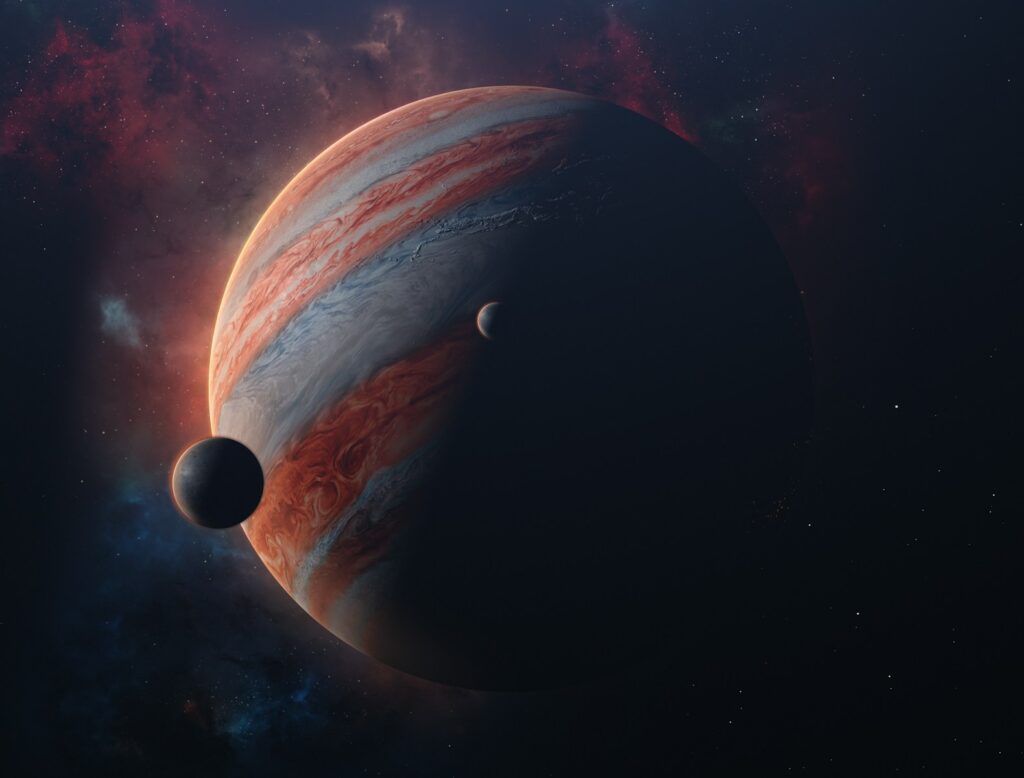
9. **Giants of the Cosmos: The Supergiant and Hypergiant Stages**While lower and intermediate-mass stars gently transition into red giants and then shed their outer layers, the truly massive stars – those exceeding approximately eight solar masses – embark on an even more spectacular and volatile journey. Their post-main sequence evolution is marked by an expansion of truly gargantuan proportions, transforming them into some of the most luminous and visually striking objects in the cosmos: blue supergiants and, eventually, red supergiants.
Consider Betelgeuse, the familiar reddish shoulder of Orion, an icon of the night sky, captured by ALMA in unprecedented detail. It serves as a prime example of a red supergiant, a star that has expanded hundreds or even thousands of times its original size, dwarfing even the orbits of planets in our solar system. During their helium-burning phase, these colossal stars first expand into blue supergiants, burning with an intense, short-lived brilliance, before swelling further into their red supergiant form.
However, not all massive stars follow this exact path. The most exceptionally massive stars, those exceeding 40 solar masses – such as Alnilam, the radiant blue supergiant at the heart of Orion’s Belt – often bypass the red supergiant stage entirely due to their incredibly high rates of mass loss.
These titans shed their outer layers so furiously that they may evolve directly into Wolf–Rayet stars, characterized by their extraordinary spectra. These spectra are dominated not by absorption lines but by broad emission lines of elements heavier than hydrogen, brought to the surface by powerful convection and intense stellar winds, or through the dramatic stripping away of the star’s outer hydrogen envelope. They are incredibly hot, luminous, and short-lived, representing a rapid and fiery stage in the lives of the most extreme stellar behemoths, continually shaping their surrounding interstellar environments with their powerful outflows.

10. **The Cataclysmic End: Supernovae and Stellar Collapse**The life of a massive star, though brilliant and brief, culminates in an event of almost unimaginable power: a supernova. This cosmic explosion is not merely a stellar death; it’s a spectacular act of creation, scattering the elements forged in the star’s heart across the galaxy, seeding the raw materials for future generations of stars, planets, and even life itself. It is the ultimate “walk-off” – a star leaving the cosmic stage with an unparalleled bang.
For these titans, the post-main sequence journey involves a relentless, layered fusion process. After exhausting helium, their cores continue to contract, raising temperatures and pressures sufficiently to ignite heavier elements: carbon, then neon, oxygen, and finally silicon. This creates an “onion-like” structure within the star, with different elements fusing in successive shells, from hydrogen in the outermost layer to silicon nearer the core. Each stage is progressively shorter, a desperate race against an inevitable end.
The grand finale arrives when the core of a massive star begins to produce iron. Since iron nuclei are more tightly bound than any heavier nuclei, any fusion beyond iron does not produce a net release of energy, but rather consumes it. This crucial turning point spells the star’s doom, as without the outward pressure from fusion to counteract the crushing force of gravity, the iron core, now larger than 1.4 solar masses, can no longer support itself.
In a horrifying instant, the core collapses. Electrons are violently driven into protons, forming neutrons, neutrinos, gamma rays, and a burst of electron capture and inverse beta decay. This sudden implosion generates an immense shockwave that rebounds outwards, tearing through the star’s remaining layers, causing the entire star to explode as a supernova. These events briefly outshine their entire home galaxy. Historically, they have been observed by -eye observers as “new stars” where none seemed to exist before, often leaving behind breathtaking remnants like the Crab Nebula.
11. **The Fading Embers: White Dwarfs, Neutron Stars, and Black Holes**While the supernova is a dazzling, destructive event, it is not the absolute end of a star’s narrative. What remains after the cataclysm, or after a less dramatic stellar demise, are the enigmatic stellar remnants – the fading embers that tell the final chapters of a star’s story. These cosmic husks represent the profound and diverse ultimate fates of stars, dictated primarily by their initial mass.
For stars up to about 8 solar masses, which eventually become red giants and then shed their outer atmospheres as planetary nebulae, the remaining core is less than roughly 1.4 solar masses. This core contracts to an incredibly dense object, about the size of Earth, known as a white dwarf. Supported by electron-degenerate matter, a state where quantum mechanical pressure prevents further collapse, white dwarfs are no longer undergoing fusion. They simply cool down over an immense span of time, eventually fading into hypothetical black dwarfs.
The aftermath of a supernova for a more massive star, however, yields something far more exotic. If the remaining core is between about 1.4 and 4 solar masses, the immense gravitational forces compress it further, beyond the electron-degenerate limit, into a neutron star. Here, matter is in an astonishing state: neutron-degenerate, where electrons and protons have been fused into neutrons, creating an object so dense that a single teaspoonful would weigh billions of tons.
These rapidly rotating, highly magnetized objects sometimes manifest as pulsars, emitting beams of radiation that sweep across Earth, or as X-ray bursters. For the most massive stars, those whose collapsed cores exceed approximately 4 solar masses, gravity wins the ultimate battle; the core collapses further, beyond the neutron-degenerate state, into an object of infinite density and zero volume: a black hole. These cosmic enigmas possess such intense gravity that not even light can escape their grasp, warping spacetime around them into a cosmic abyss.
The material blown off by supernovae and the stellar winds of large stars, enriched with heavy elements forged during fusion, plays a vital role in shaping the interstellar medium. This ensures that the “star stuff” from past stars is recycled into new cosmic formations, illustrating a continuous cycle of creation and destruction.

12. **Cosmic Partnerships: The Intriguing Dynamics of Binary Star Systems**While many popular narratives depict stars as solitary beacons in the vast cosmic expanse, the reality is far more intricate and often collaborative. A significant proportion of stars, particularly the most massive ones, are not lone wanderers but rather members of multi-star systems, with binary stars being the simplest and most common configuration. These celestial partnerships introduce a fascinating layer of complexity to stellar evolution, where gravitational interactions can profoundly alter the destinies of the participating stars.
The formation of these binary systems is itself a testament to the complex mechanics of star birth. When a gas cloud collapses to form stars, it must shed its angular momentum; the fragmentation of the cloud into multiple stars effectively distributes some of this momentum, leading to the prevalence of binaries. Furthermore, early interactions within young stellar clusters can dynamically shape these systems, with close encounters tending to split apart loosely bound binaries while tightening the embrace of “harder” pairs.
In binary systems, particularly those with closely orbiting components, the gravitational interaction can be so potent that it significantly impacts the evolution of each star. As a star expands into a red giant, for instance, it may “overflow its Roche lobe”—the gravitational boundary within which its material is bound to it. If its companion star is close enough, this overflow can lead to a spectacular transfer of material from one star to the other.
This mass transfer gives rise to a plethora of intriguing phenomena, including contact binaries where the stars literally touch, common-envelope binaries, and the dramatic outbursts of cataclysmic variables. It can even lead to the so-called “Algol paradox,” where the more evolved star in a system is, surprisingly, the less massive one—a direct consequence of its original, more massive self having shed material to its companion. Such interactions are crucial for understanding the formation of certain exotic stellar types, novae, and even Type Ia supernovae. They demonstrate that a star’s “life story” is often a duet, not a solo performance.
13. **Beyond Solitude: Stellar Distribution and Galactic Communities**Zooming out from the intimate dance of binary stars, we observe that the grand tapestry of the universe reveals stars are not haphazardly strewn across the cosmic void. Instead, they are meticulously organized into vast, gravitationally bound structures: galaxies, which themselves contain interstellar gas and dust. Our own Milky Way, a typical large galaxy, harbors hundreds of billions of stars, each playing a part in this colossal celestial ballet.
The sheer scale is staggering: astronomers estimate there are more than two trillion galaxies in the observable universe, although most are considerably less massive than our Milky Way. This translates to an almost unfathomable number of stars—between 10^22 and 10^24 in total, a figure that dwarfs the number of all grains of sand on planet Earth. While the vast majority of these luminous giants reside within the confines of galaxies, a curious phenomenon exists where between 10% and 50% of the starlight observed in large galaxy clusters may emanate from stars existing *outside* of any defined galaxy, rogue wanderers adrift in the intergalactic medium.
Within galaxies, stars form various types of communities. Beyond the individual or binary systems, we find larger groupings known as star clusters. These range from loose “stellar associations” with just a handful of stars, to “open clusters” boasting dozens to thousands, and ultimately to the magnificent “globular clusters” containing hundreds of thousands of stars, all orbiting their host galaxy in a grand cosmic embrace.
The stars within an open or globular cluster share a common heritage, having all condensed from the same giant molecular cloud. This shared genesis means that members of such clusters typically exhibit similar ages and chemical compositions, offering astronomers invaluable laboratories for studying stellar evolution. While the proportion of single stars increases with decreasing mass (only 25% of red dwarfs are known to have stellar companions), the initial formation process often favors multiple systems. A 2017 study of the Perseus molecular cloud even revealed that most newly formed stars emerge as members of binary systems, suggesting that cosmic companionship might be the rule, rather than the exception, in the formative stages of stellar life.
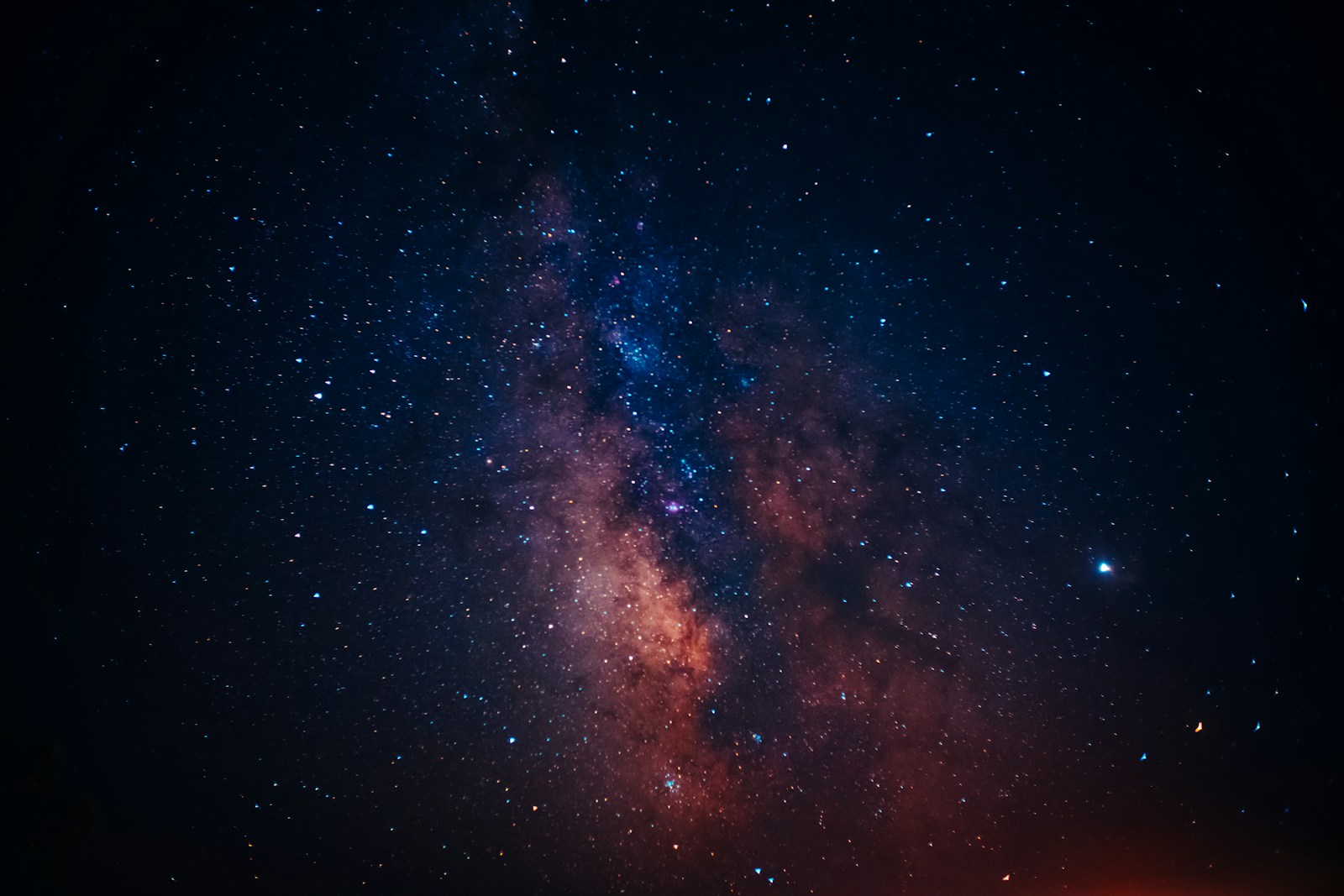
14. **Naming the Stars: From Ancient Lore to Modern Science**From the dawn of human civilization, stars have served not only as celestial guides but as powerful canvases for our imagination, woven into the very fabric of our cultures. Long before scientific instruments peered into their fiery hearts, ancient sky-watchers grouped prominent stellar arrangements into “constellations” and “asterisms,” imbuing them with the forms of mythical beasts, heroes, and deities. Twelve of these formations, aligned with the band of the ecliptic, even formed the foundational elements of astrology, profoundly influencing human beliefs and practices.
Many individual, particularly prominent stars, acquired proper names, often rooted in Arabic or Latin, reflecting centuries of astronomical observation and cultural reverence. Beyond their collective groupings, these individual luminaries also became subjects of their own myths, speaking to the profound human connection with the night sky. The “wandering stars,” or planets, were seen as representations of important deities, giving us the names Mercury, Venus, Mars, Jupiter, and Saturn – a cosmic pantheon observable to the ancients.
The systematization of stellar nomenclature began to take shape around 1600. The German astronomer Johann Bayer pioneered the use of Greek letters to designate stars within each constellation on his star maps. Later, a numbering system based on a star’s right ascension was introduced, notably by John Flamsteed in his “Historia coelestis Britannica,” giving us the “Flamsteed designation.” These systems provided a much-needed order to the seemingly chaotic multitude of celestial points.
Today, the International Astronomical Union (IAU) stands as the globally recognized authority for naming celestial bodies. Its Working Group on Star Names (WGSN) diligently catalogs and standardizes proper names for stars, ensuring a consistent and scientific approach to cosmic identification. While various private companies offer to “sell” star names, it’s crucial to understand that such commercial enterprises are unregulated and not recognized by the IAU, professional astronomers, or the amateur astronomy community – a poignant reminder that the true grandeur of the stars remains a collective heritage, not a purchasable commodity.
The universe, in its boundless majesty, continues to reveal its secrets, one luminous sphere at a time. From the fleeting shimmer of a distant main sequence dwarf to the violent grandeur of a supernova, each star tells a tale of creation, endurance, and transformation. They are the cosmic architects, constantly shaping and enriching the galaxies they inhabit, ensuring that the elements essential for life itself are perpetually recycled, echoing the timeless truth that we are, quite literally, made of stardust. Our journey through their lives, from birth to dramatic death and lingering remnants, reminds us of the profound interconnectedness of the cosmos and our own humble, yet extraordinary, place within it.




